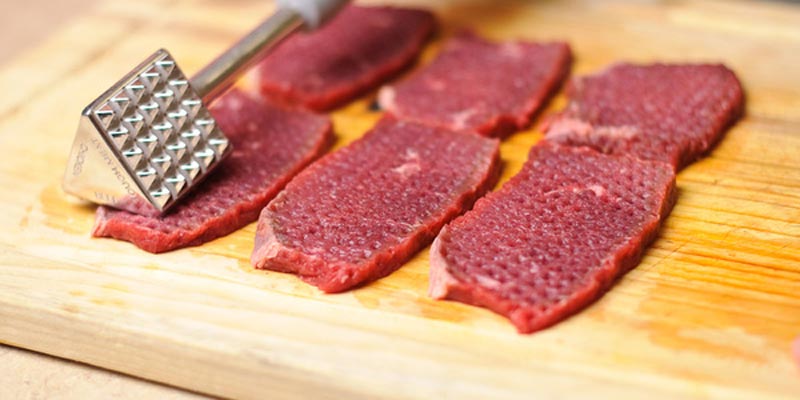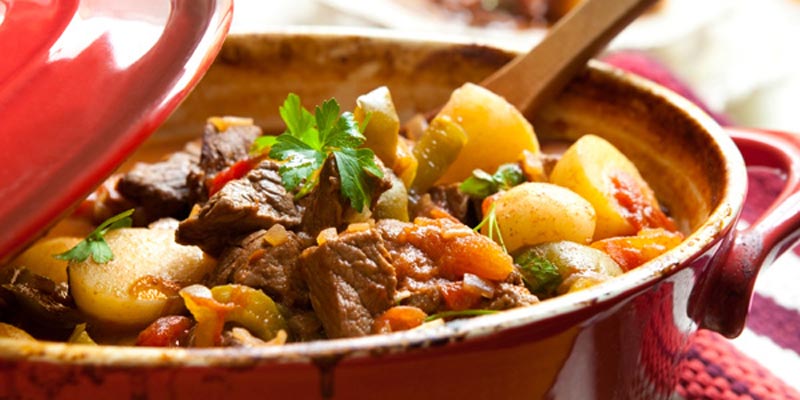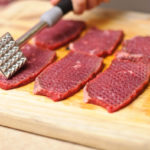1 Using a Meat Tenderizer (Mallet or Rolling Pin)

An effective way to quickly tenderize a tough or large piece of meat is by using a meat mallet. The mallet breaks down the muscle fibers, making the meat less chewy. However, be careful not to overdo it, as it can thin and break the meat. So, make sure to pound the meat evenly and not too aggressively.
2 Marinating with Acid
Acid can help break down tough meat fibers. Marinate the meat with a sauce made of lemon or lime juice, or even a small amount of vinegar. This will help tenderize the meat by breaking down the tough muscle fibers. However, be careful not to over-marinate, as too much acid can weaken the protein structure of the meat, making it mushy.
Marinate for 30 minutes to 2 hours, depending on the size and toughness of the meat. If you see liquid pooling around the edges of the meat, it has been marinated for too long.
3 Marinating with Enzyme-Rich Fruits

Certain fruits like papaya, pineapple, kiwi, and pear contain enzymes that naturally tenderize meat. Blend one of these fruits into a smooth puree and add your favorite spices to create a delicious marinade. Your meat will not only become tender but also take on a sweet flavor.
4 Salt Rubbing
Rubbing meat with salt for 1–2 hours before cooking is an easy and effective way to break down tough muscle fibers. When you’re ready to cook, simply rinse off the salt, pat the meat dry, and place it in a hot pan.
5 Proper Cutting Techniques
There are a few tricks you can use with your knife to tenderize meat. One is to score the meat, which involves making shallow cuts across the surface of the meat. This is ideal for thicker cuts of meat that will be grilled or pan-fried. Before making the final cut, score the meat a few times. This will help break down tough proteins and allow the meat to absorb sauces more easily.
Another technique is to slice the meat thinly, which is ideal for stir-fries. Slicing the meat thinly breaks down long muscle fibers, making it easier to chew.
6 Slow Cooking: Braising, Stewing, or Simmering

Cooking is another way to tackle tough meat. Braising, stewing, or simmering are excellent choices for this. Slow cooking at a low temperature for an extended period is ideal for tenderizing meat. The long cooking time helps break down tough muscle fibers, collagen, and connective tissues, resulting in softer meat.
No one enjoys chewing on a tough piece of meat. To avoid this, try one of the methods mentioned above. Good luck, and happy cooking!































